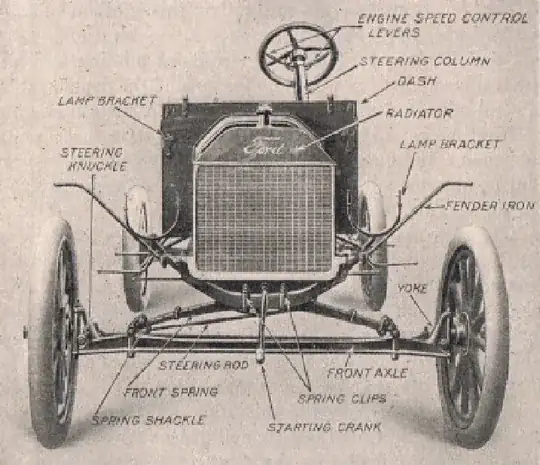It seems to me there's some confusion about terms here.
An axle is just a bit of ironmongery holding the wheels in place. The wheels can rotate independently of the axle: there's a bearing between wheel and axle.
Here's a Ford model T front axle:

The two wheels are connected, and suspension is provided by leaf springs between the axle and the chassis. This has some drawbacks:
- the axle is heavy, so unsprung weight is high. This means a less comfortable ride.
- movement of one wheel is transmitted to the other. This reduces the freedom each wheel has to react to changes in the pavement. A pothole on one side of the road will be 'felt' by both wheels. Again, reducing ride quality.
To solve these issues, modern cars usually have independent suspension: there is no physical connection between the wheels. Both wheels are attached to the car body instead. The term 'axle' is still used to indicate the two wheels that are in line across the car.
When the wheels are driven, there is a physical connection: the drive shafts. Then you'll also see a differential in the middle, to allow the wheels to run at different speeds when you take a turn.
Here's a Ford model T rear axle:

In this case, the axle is a tube. The drive shafts run inside the tube.
In independent suspension, there's normally no tube so the drive shafts are exposed.
(images borrowed from this site)

